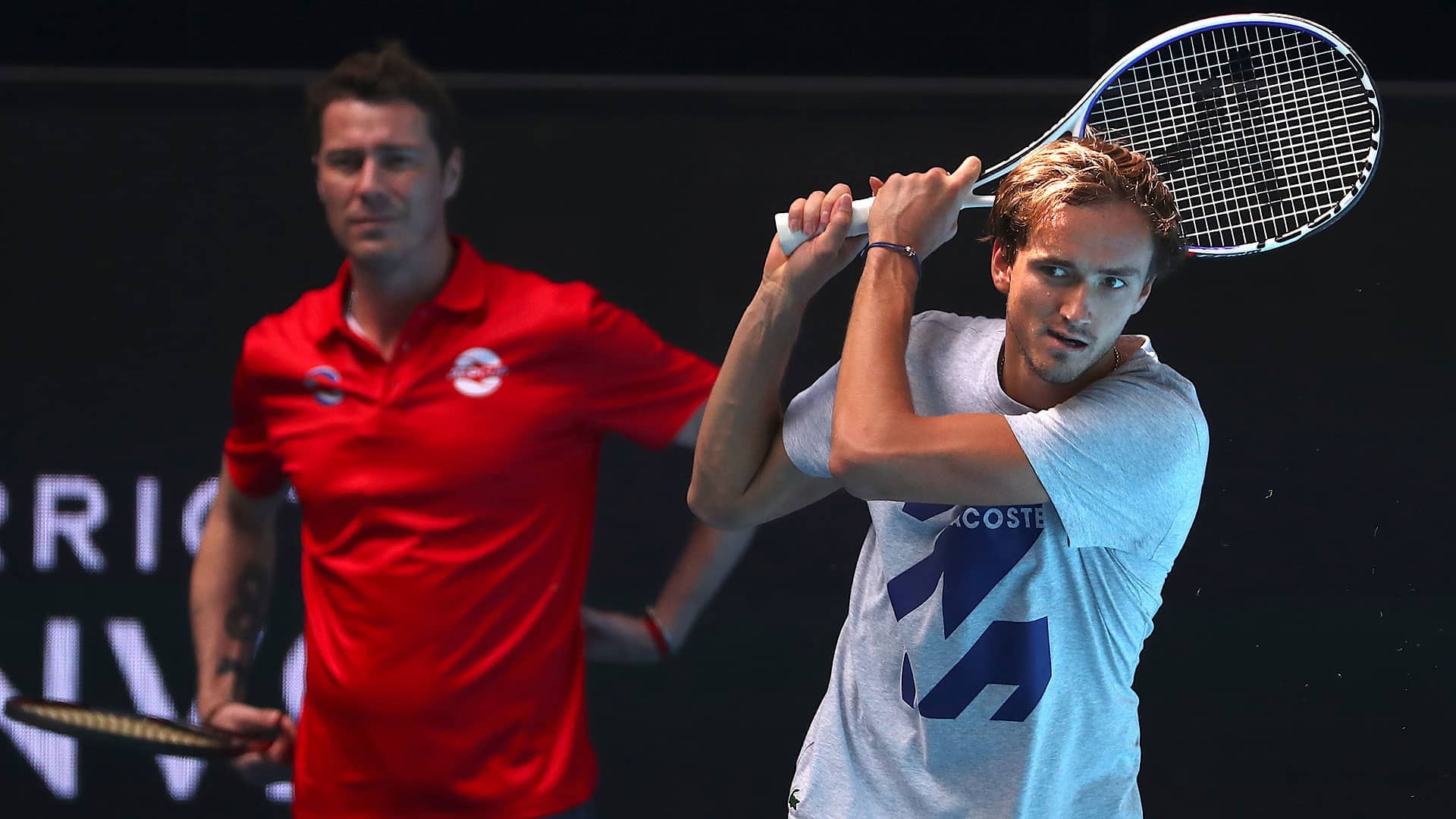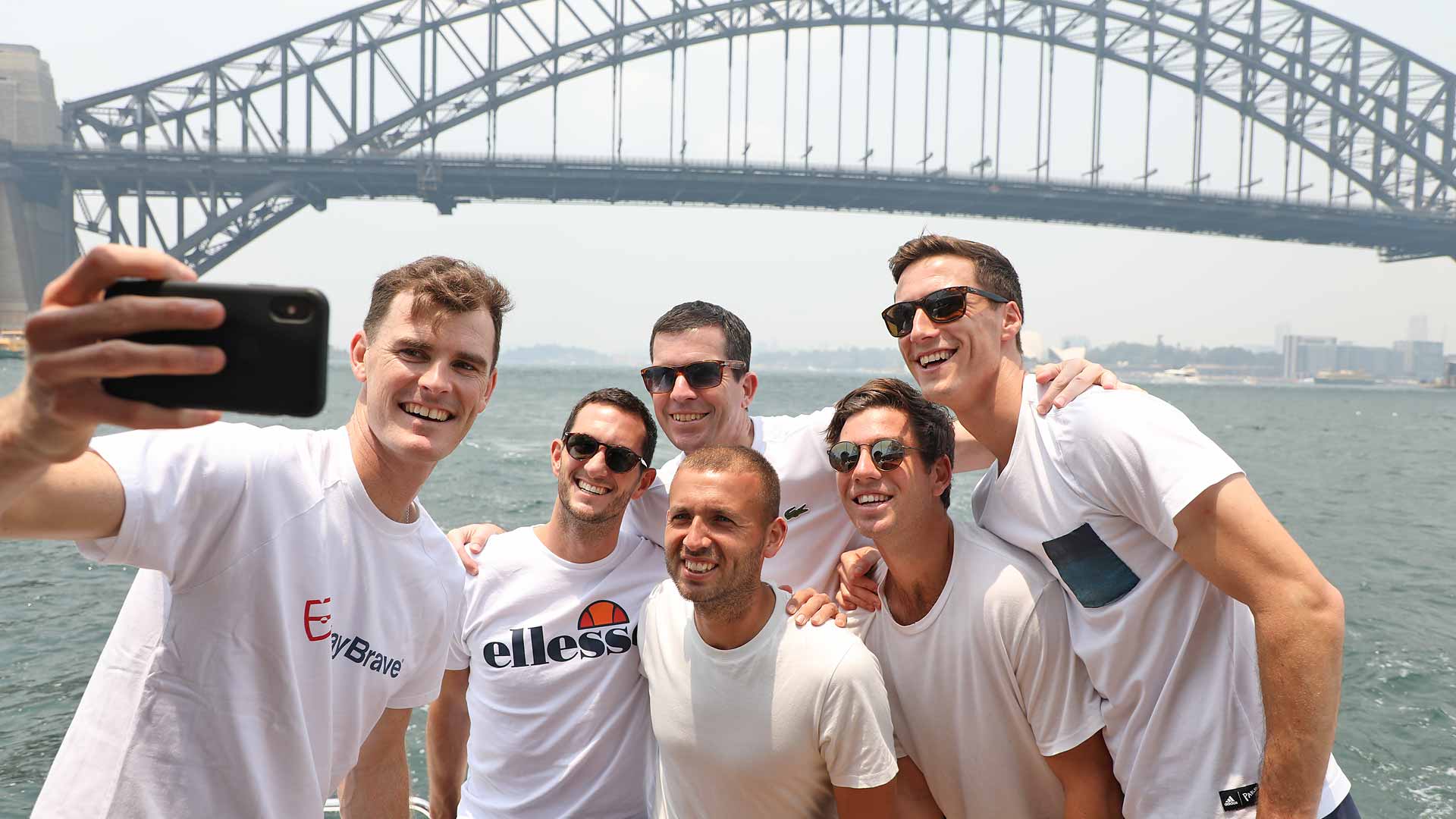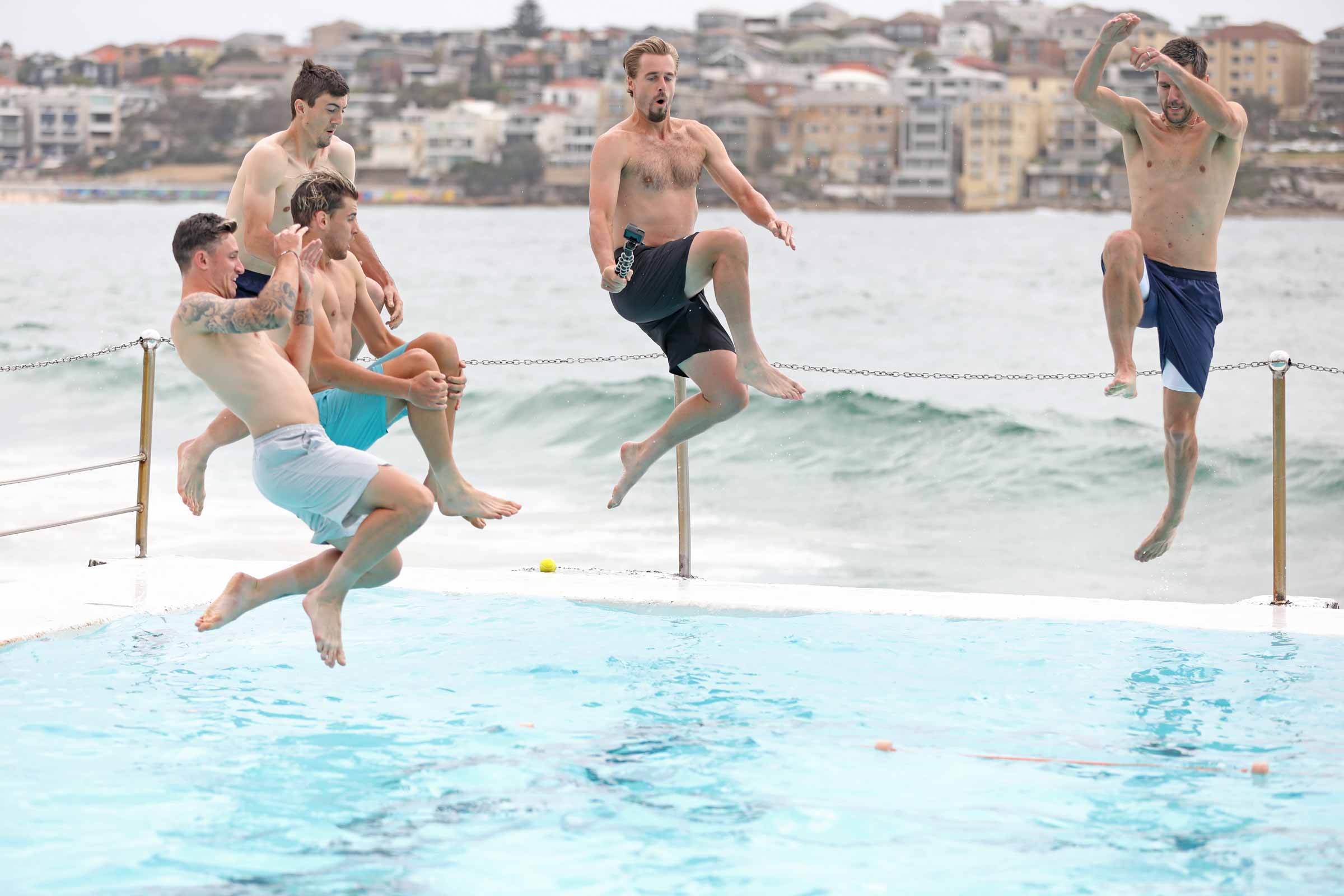Just when we thought the Andy Murray story was well into its final chapter, a new twist to the tale. How remarkable that a review of his year can reflect upon another two titles when 2019 began with him announcing his retirement plans.
That tearful Melbourne news conference, as agonising for him to give as it was for us to watch and listen to, appeared to mark the end of an astonishing career. Little did we, or he, know that it would merely be a signpost to yet another road to recovery, a journey that would restore the hope he had just lost.
A journey he would later share in graphic detail as two years of near torture were laid bare in his recently released documentary, ‘Resurfacing’. An apt title, in more ways than one. It refers primarily to the hip replacement procedure which gave Murray, and his career, a new lease of life.
Indeed ‘life-changing’ was the exact phrase he used to describe the impact of the operation performed by the royal surgeon Dr Sarah Muirhead-Allwood at the end of January.
- Murray’s first Wimbledon win remembered
- Who is Scotland’s top sporting star of decade?
It shouldn’t be forgotten that its primary purpose was simply to give the former world number one some relief from the constant pain he had been in; to allow him to be an active father to his three children; to let him tie his own shoelaces and lead a normal life.
Extending his time at the top of tennis wasn’t necessarily part of the deal. Further feats of Herculean recovery would be required for that.
And yet in June, there he was, back on the professional tour. Back winning on the professional tour, albeit with a little help from doubles partner Feliciano Lopez. That memorable victory at Queen’s Club seemed like enough of a fairytale but Murray was far from done.
His comeback to singles was staged in Cincinnati, and initially he faltered. After struggling to recapture a decent level on the main tour, he dropped down to Challenger level and looked unconvincing even there. Slowly but surely however, his game returned as he toured the Far East and by the time he got back to Europe in October, to Antwerp, he was more than competitive.
In such good nick, in fact, that he could let a triple Grand Slam champion get a set and a break ahead in the final and still win. That match with Stan Wawrinka was conclusive proof, if any were still needed, that Murray was well and truly back. The man with the metal hip was making his mark in the history books once again.
‘Inspired gamble pays off’
One of the most revealing moments in his documentary, apart from the emotional insight into how tennis gave him an escape from the trauma of the 1996 shootings at Dunblane and the uncertainty following his parents’ divorce, was his sense of injustice at being struck down by injury just when he had reached the peak of his powers.
“I don’t deserve this,” he told the camera, when reflecting on 2017. “I was the number one player in the world but I couldn’t walk.” Imagine the mental turmoil of having your hard-earned time at the top stolen from you just when you merit it least.
All that effort through 2016; another Wimbledon title; another Olympic gold; a first ever ATP world tour finals title; a career-best series of consecutive victories; reaching the holy grail of tennis’s top spot in the era of Federer, Nadal and Djokovic. All for it to be snatched away months later by a deteriorating hip which would effectively rob him of the next three years. That was time when, if fit, he would have been perfectly poised to take his grand slam titles tally significantly beyond three.
Instead he was left doubting whether he would ever be able to play properly again. After the first hip operation early in 2018 didn’t work, he had basically resigned himself, in December of that year, to retirement. Then a the change of heart; a decision to roll the dice one final time: serious surgery this time.
An inspired gamble, as it turns out, which means he’s now playing with the house’s money and is looking forward to 2020 with a broad smile on his face.
Another Olympic medal on horizon?
Of course it wouldn’t be Murray if he were allowed simply to have his fairytale ending, and disappear into a golden sunset. No, he’s been dealt another pretty rotten set of cards; his horizon has been ruined by yet more injury problems, presumably related in some form or other to the new metal hip.
His plans to head to Australia have been wrecked by what he’s describing as a ‘pelvic problem’, and others have called ‘bone bruising’, which restricted him to one match at November’s Davis Cup Finals in Madrid. It means he misses the first edition of the ATP Cup and, more significantly, the subsequent Australian Open.
“Gutted” is how Murray describes his feelings at pulling out of the season-opening grand slam in which he’s finished runner-up five times. He’s won 48 matches there over the years, and had been “really excited” about trying to get to his half century, and beyond.
He’s clearly made the right call, of course. He would need to be fully fit to have any chance of withstanding the rigours of best-of-five-set tennis at Grand Slam level.
So how might 2020 pan out for him? In all honesty, no one has the slightest clue.
Let’s assume this most recent injury isn’t too severe, and that he resumes his career in Montpellier in early February. If – and it’s a very big ‘if’ – he can get himself properly fit and stay healthy, there’s no reason at all why the Wimbledon champion of 2013 and 2016 shouldn’t be in very good shape come the summer grass court season. Which would make him a very dangerous opponent for anyone at the All England Club, a fitting likely venue for his return to grand slam tennis.
The latter could, in theory, come at the end of May should he fancy the French Open. However, he might avoid the clay court season altogether to protect his hip – and the rest of his body – from tennis’s most treacherous surface. That would give him – fingers crossed – an emotional return to grand slam singles tennis in SW19.
Beyond that? The 2020 Olympics start very soon after the strawberries and cream are packed away. In a less taxing best-of-three-set format, could the champion from London and Rio strike gold again in Tokyo?
The good thing about the Murray story, in which he’s had to overcome his fair share of misery, is the potential for him to furnish us with a surprise happy ending.




